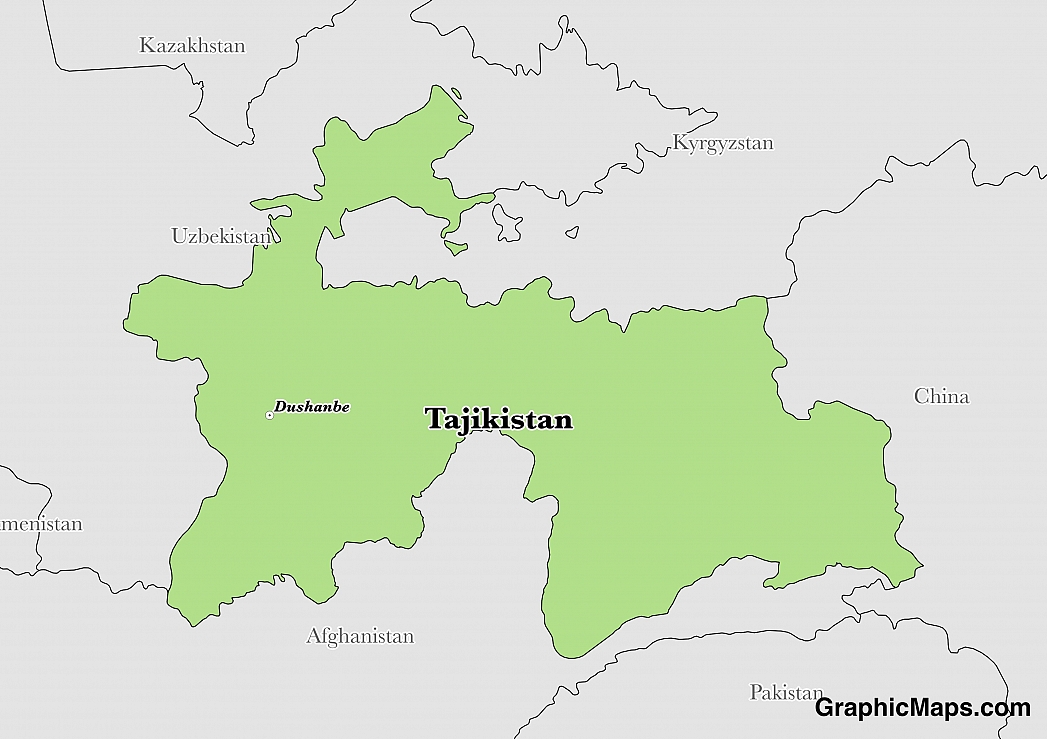The political system of Tajikistan operates within the framework of a presidential republic. The President of Tajikistan is the head of state as well as the head of government, appointing the Prime Minister of the country without the need for approval. There is now a limit of two consecutive terms for any President after a constitutional amendment in 2003. Legislative power in the country is vested in the two chambers of parliament as well as the executive (Presidential) branch of the government.
Elections in Tajikistan take place every seven years for the President and every five years for the Assembly of Representatives and the National Assembly. The last Presidential election took place in 2013, and the most recent polls for the two chambers of parliament took place in 2015. This election saw an 87 percent voter turnout. Although the country is relatively stable, elections in the country are met with mixed results concerning transparency and fairness.
The house of parliament in Tajikistan, known as Majlisi Oli, is located in the northern part of the capital city of Dushanbe near Rudaki Park and the Ismoili Somoni Statue. There are 63 members of the Assembly of Representatives, and the National Assembly has 33 members. 25 of the 33 members of the National Assembly are elected, and eight are appointed by the President. The People's Democratic Party holds 51 of the 63 seats in the Assembly of Representatives and usually wins over 60 percent of the vote.
The only prominent political party in Tajikistan is the People's Democratic Party of Tajikistan.
This page was last modified on May 1st, 2018
More on Graphicmaps

Published on 2019-11-06
What is a Trade Embargo?

Published on 2019-11-04
Which Two Countries Used to Have the Same Flag?

Published on 2019-09-16
What Is the Only Two-Sided State Flag?

Published on 2019-09-16
Which Country Flag Looks Like the Texas Flag?

Published on 2019-08-29
Flags That Resemble the US Flag

Published on 2019-08-20
